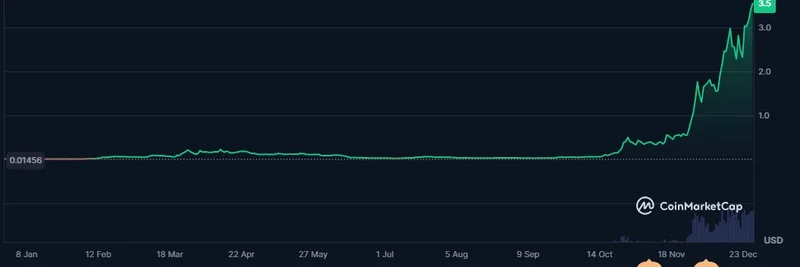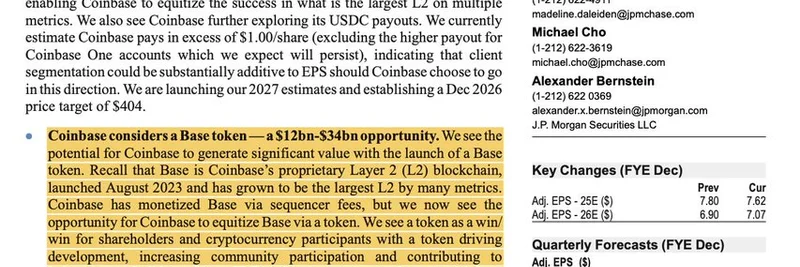Ever feel like digging into the wild world of meme tokens or the latest blockchain buzz is like hunting for treasure in a haystack? Traditional search engines give you snippets, but what if you could get a full, AI-crafted report on, say, the next big Solana meme coin surge – all paid with a quick wallet signature and no endless sign-ups? That's exactly what Heurist just dropped with their Deep Research tool, built on Coinbase's game-changing x402 protocol.
Picture this: You're a blockchain practitioner eyeing the meme token space, wondering about zero-knowledge proofs' role in secure DeFi plays. You head to research.heurist.ai, type your query, sign with your wallet, and boom – in minutes, an agent spits out a multi-page report. No API keys, no subscriptions, just pure, gas-free USDC payments per query. It's like having a tireless research intern who bills by the job, not the hour.
At the heart of this magic is x402, Coinbase's revival of an old HTTP status code (402: Payment Required) that's been dormant since the '90s. Now, it's the internet's first native payment rail for AI and machines. Developers can add one line of code to accept USDC in any web service – think of it as Stripe for crypto, but baked into the web itself. Heurist nailed this integration, turning their AI agent into a pay-per-use powerhouse.
Let's break down the flow, step by step, because simplicity is key in crypto where complexity often means rugs. When you query, the server hits back with that 402 response. Your wallet (or an AI agent acting on your behalf) attaches a payment header with a signed intent to pay. A trusted facilitator – here, Coinbase's – verifies it, settles the USDC on-chain (on Base, in this case), and hands over proof. Research kicks off instantly. No humans, no friction. For meme token hunters, this means querying "What's the sentiment around $PEPE forks?" and getting structured insights from DuckDuckGo, Exa, and Firecrawl-scraped pages, all organized with sources cited.
Diving deeper into the tech stack, Heurist's architecture is a beauty for anyone building in Web3. The base layer is their open-source Deep Research Agent, which orchestrates real-time web crawls across hundreds of pages. Check it out on GitHub – it's a goldmine for devs tweaking AI for crypto analysis.
On top sits the Heurist Mesh API, a task scheduler for those long AI runs. You fire off a query, poll for results, and let their credit system handle billing behind the scenes. Then, the x402 layer wraps it all in Next.js middleware, pointing to a facilitator URL and your Base wallet. It's modular, chain-agnostic, and screams scalability – perfect for scaling meme token dashboards or on-chain analytics tools.
Why does this matter for the meme insider crowd? Meme tokens thrive on hype, virality, and hidden narratives – things traditional Google misses. Heurist's AI uncovers those connections, like linking a viral tweet to on-chain whale moves or emerging tech trends boosting a token's narrative. Plus, with ZK-secured intelligence (shoutout to Heurist's roots), your research stays private, no data leaks to competitors.
The thread wraps with a call to action: Head to research.heurist.ai and drop 1 USDC for your first query. No barriers, just insights. For the full scoop, read Heurist's announcement on Medium. This isn't just a tool; it's a peek at the agentic future of crypto, where payments flow as smoothly as memes.
If you're knee-deep in meme token strategies or just leveling up your blockchain game, tools like this are your edge. What's your first query gonna be? Drop it in the comments – maybe we'll feature it next.



